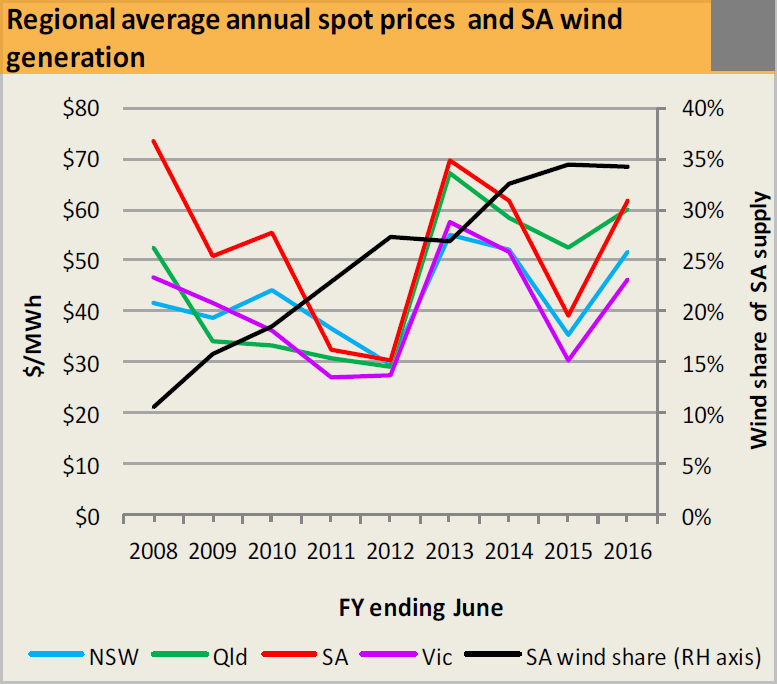Gas exports cook up electricity price spikes in South Australia
Extreme price spikes in the South Australian electricity market sees gas generators taking advantage of a market failure at the expense of businesses and households.
The Australia Institute’s report from 2013, Cooking up a price rise, accurately predicted that export parity pricing would drive up domestic gas prices.
Meanwhile, South Australia has one of the most efficient gas generators in the country (Pelican Point) sitting idle because it sold its gas to the LNG plants for export.
This combined with a National Energy Market (NEM) structure driven by profit maximising behaviour by oligopolies is clearly not working in the interest of energy consumers.
“We have a situation where Australia’s second most efficient power plant is sitting idle in Adelaide while there is a spike in power demand. Something is very wrong with that picture,” Senior Economist at The Australia Institute, Matt Grudnoff said.
“Gas generators are able to rapidly fire up additional output in the event of reduced renewable generation. That’s their advantage over coal. But due to export contracts, they’re picking overseas over local production.
“Both Tasmania and South Australia have seen price spikes while repair and upgrade work has been undertaken on interconnectors. This combined with gas prices driven up by export contracts, has created obscene price spikes in SA, instead of an orderly substitution between different forms of generation.
The government’s own review of the Renewable Energy Target show that a higher target puts downwards pressure on wholesale power prices, as have a number of analyses. (See Take the pressure down: RET Policy Brief)
In South Australia over the last two months, periods with higher wind generation had lower power prices (see table below).
“The gas power industry often claims a role as a ‘transition fuel’, as the world de-carbonises in line with global agreements. What’s happening in South Australia shows that gas is prepared to exploit the current NEM regime rather than perform that role.
“If this situation continues, and the government does not address the flaws in the NEM, it will only hasten the transition to battery and other storage methods.
“It should be noted that South Australia’s energy prices, prior to the recent turmoil, have been in line with, and often lower than, other states,” Grudnoff said.


Related documents
General Enquiries
Emily Bird Office Manager
Media Enquiries
Glenn Connley Senior Media Advisor